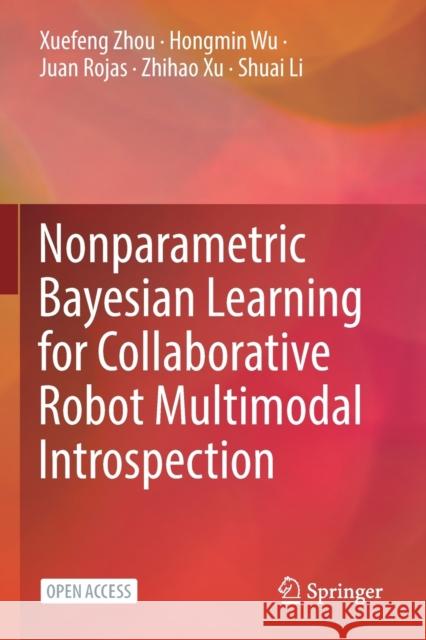Nonparametric Bayesian Learning for Collaborative Robot Multimodal Introspection » książka
topmenu
Nonparametric Bayesian Learning for Collaborative Robot Multimodal Introspection
ISBN-13: 9789811562655 / Angielski / Miękka / 2020 / 137 str.
Nonparametric Bayesian Learning for Collaborative Robot Multimodal Introspection
ISBN-13: 9789811562655 / Angielski / Miękka / 2020 / 137 str.
cena 160,99
(netto: 153,32 VAT: 5%)
Najniższa cena z 30 dni: 154,18
(netto: 153,32 VAT: 5%)
Najniższa cena z 30 dni: 154,18
Termin realizacji zamówienia:
ok. 22 dni roboczych
Dostawa w 2026 r.
ok. 22 dni roboczych
Dostawa w 2026 r.
Darmowa dostawa!
Kategorie:
Kategorie BISAC:
Wydawca:
Springer
Język:
Angielski
ISBN-13:
9789811562655
Rok wydania:
2020
Wydanie:
2020
Ilość stron:
137
Waga:
0.23 kg
Wymiary:
23.39 x 15.6 x 0.84
Oprawa:
Miękka
Wolumenów:
01
Dodatkowe informacje:
Wydanie ilustrowane











